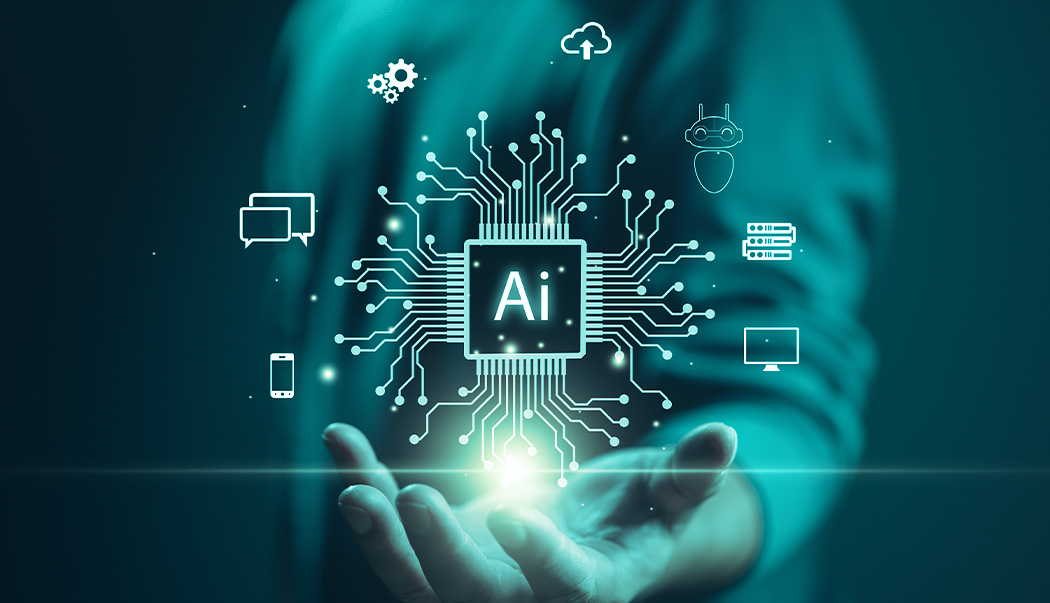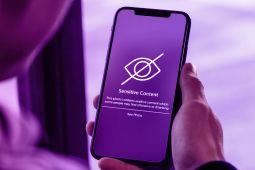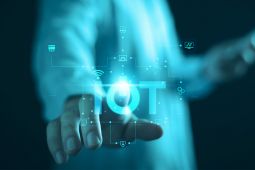I want to be aware of the impact of computer-generated graphics on my children
Exploring Emerging Technologies How Advancements Shape Our Future?
This article explores how to leverage these innovations to enhance cybersecurity while addressing the accompanying threats. It also presents effective strategies, including AI-powered cybersecurity, modern encryption techniques, and secure network infrastructures, to ensure the protection of personal and corporate data from cyberattacks.

In today’s fast-paced world, emerging technologies play a vital role in revolutionizing industries, enhancing quality of life, and redefining our interaction with the digital landscape. From artificial intelligence (AI) to biotechnology, technological advancements continue to break boundaries, offering immense opportunities for growth and innovation.
As emerging technologies continue to serve us in many ways that improve our lives, they also bring new digital and cyber safety challenges that we need to be aware of. Therefore, protecting personal information and staying secure online is more critical than ever for everyone. Here, we will explore some key emerging technologies and how to use them to improve digital safety.
Artificial Intelligence and Machine Learning: Powerful Tools and New Opportunities
Artificial intelligence (AI) and machine learning (ML) have transitioned from theoretical concepts to indispensable tools that are revolutionizing industries. AI automates processes, analyzes large datasets, and enhances decision-making, significantly improving sectors such as healthcare and finance. For example, AI assists in diagnosing diseases by identifying patterns in medical imaging, while it boosts efficiency and accuracy in finance.
AI powers everyday technologies like voice assistants (e.g., Alexa, Siri) and personalizes experiences on streaming platforms like Netflix and Shahid. Experts predict AI will further revolutionize personalized medicine, self-driving cars, and legal services.
AI and ML have become vital in cybersecurity for automating threat detection and responding to cyber-attacks. While AI helps strengthen defenses, cybercriminals also use it to develop sophisticated attacks, like phishing schemes and creating intelligent malware that bypasses traditional security measures. As cyber threats evolve, employing AI-driven solutions that learn and adapt to new attack patterns is crucial for maintaining robust security.
Blockchain Technology: Transparent Security Without Intermediaries
Blockchain, popularized initially by cryptocurrencies like Bitcoin, has vast applications beyond finance. It functions as a decentralized ledger, enabling secure, transparent transactions without intermediaries like banks. Governments and industries are exploring blockchain for secure voting, transparency, and intellectual property protection. For instance, it helps track goods in global supply chains, ensuring product safety.
Despite its advantages, blockchain is vulnerable to attacks like the 51% attack, where hackers gain control of most of a blockchain’s computational power, potentially leading to data breaches and fraud. Sybil attacks and intelligent contract manipulation also pose risks. However, multi-layered security protocols and consensus algorithms can strengthen blockchain’s integrity, providing a more secure foundation for various applications.
5G Networks and the Internet of Things (IoT): Effortless Connectivity and Cybersecurity Challenges
While 5G revolutionizes communication by providing faster, more reliable networks, it also increases cybersecurity risks. With billions of devices connected via IoT on 5G, there are more entry points for hackers to exploit. IoT devices, often lacking robust security, can serve as gateways for large-scale DDoS attacks or be used to spy on personal or corporate data.
Hackers may exploit weak security in IoT devices, using them as attack vectors to breach entire networks. Still, they can encrypt all devices and use firewalls and virtual private networks (VPNs) to protect data flow across networks.
To stay safe with 5G and IoT, keep your devices updated, use strong passwords, and enable encryption to protect your data. Set up firewalls on your home network and use a VPN for added privacy. Limit unnecessary permissions on IoT devices, turn them off when not in use, and educate family members on safe online habits. Regularly review device settings to ensure a secure and private connected experience.
Biotechnology and Healthcare Cybersecurity
The rise of biotechnology brings incredible innovations in health, such as genetic data analysis and personalized medicine. However, the healthcare industry faces increased cyber threats as hackers target sensitive medical records, which can be sold or used for identity theft.
Healthcare systems face ransomware attacks that hold patient data hostage or exploit medical devices for unauthorized access. Given the complexity and severity of cyber threats in healthcare, it is crucial to Implement advanced safety strategies. These include multi-factor authentication (MFA) for accessing sensitive medical records and advanced encryption methods to protect personal health data.
Augmented Reality (AR) and Virtual Reality (VR): Amazing Experiences and Hidden Risks
AR and VR, with their transformative power, are reshaping industries such as entertainment, education, and healthcare. However, their data collection capabilities, including sensitive information like biometric data and real-time location, also make them prime targets for cybercriminals. These criminals can exploit vulnerabilities, hack devices, and misuse personal information.
Cybercriminals could exploit AR/VR systems vulnerabilities, access private data, or manipulate experiences for malicious purposes. To protect AR and VR platforms from unauthorized access, implement robust data encryption and regularly update software.
Quantum Computing and Cryptographic Risks
Quantum computing has the potential to solve complex problems at unprecedented speeds, but it also threatens current cryptographic methods. Quantum computers could crack the encryption that secures sensitive data, putting everything from banking transactions to military communications at risk.
The cyber threat posed by quantum computing is significant. The potential for quantum computers to eventually break today's encryption algorithms is a grave concern, as it could expose sensitive information to theft. Still, we can develop and adopt quantum-resistant encryption algorithms to protect data from future quantum threats.
Finally, stay safe, and don’t forget!
Emerging technologies reshape industries and daily life, opening new doors for cyber threats. Prioritizing digital safety by adopting cutting-edge defense mechanisms—such as AI-driven cybersecurity, encryption, and secure networks—will protect personal and corporate data. It is essential for users to be aware and informed about the latest developments to adopt best practices for using these technologies responsibly.
References:
[1] Imperva, (2024). "Social Engineering Attack: Understanding the Risks and Defenses," Retrieved from. https://www.imperva.com/learn/application-security/social-engineering-attack/.
[2] Zscaler, (2024). "Phishing Attacks Rise 58% This Year: AI ThreatLabZ 2024 Phishing Report," Retrieved from. https://www.zscaler.com/blogs/security-research/phishing-attacks-rise-58-year-ai-threatlabz-2024-phishing-report.
[3] USA Today, (2023). "Cybersecurity Statistics: Insights and Trends," Retrieved from. https://www.usatoday.com/money/blueprint/business/vpn/cybersecurity-statistics/.
[4] Leaf IT, (2024). "10 Ways to Prevent Cyber Attacks," Retrieved from. https://leaf-it.com/10-ways-prevent-cyber-attacks/.
[5] V. I. Publisher, (2022). "Understanding Modern Cybersecurity Challenges and Solutions," Retrieved from. https://vipublisher.com/index.php/vij/article/view/292/277.
[6] Capgemini. (2023). Reinventing cybersecurity with artificial intelligence. Capgemini Research Institute. Retrieved from https://www.capgemini.com
[7] Abdullayeva, G. (2023). The cyber threat landscape in the 2020s: Exponential expansion and challenges for AI-driven defense systems. AI and Ethics. Springer. Retrieved from https://link.springer.com
[8] Automata. (2023). Sybil attacks in blockchain: Understanding risks and solutions. Automata Knowledge Base. Retrieved from https://learn.ata.network
[9] Nervos. (2023). Understanding Sybil attacks and consensus mechanisms in the blockchain. Nervos Knowledge Base. Retrieved from https://www.nervos.org
@2x.png)

















